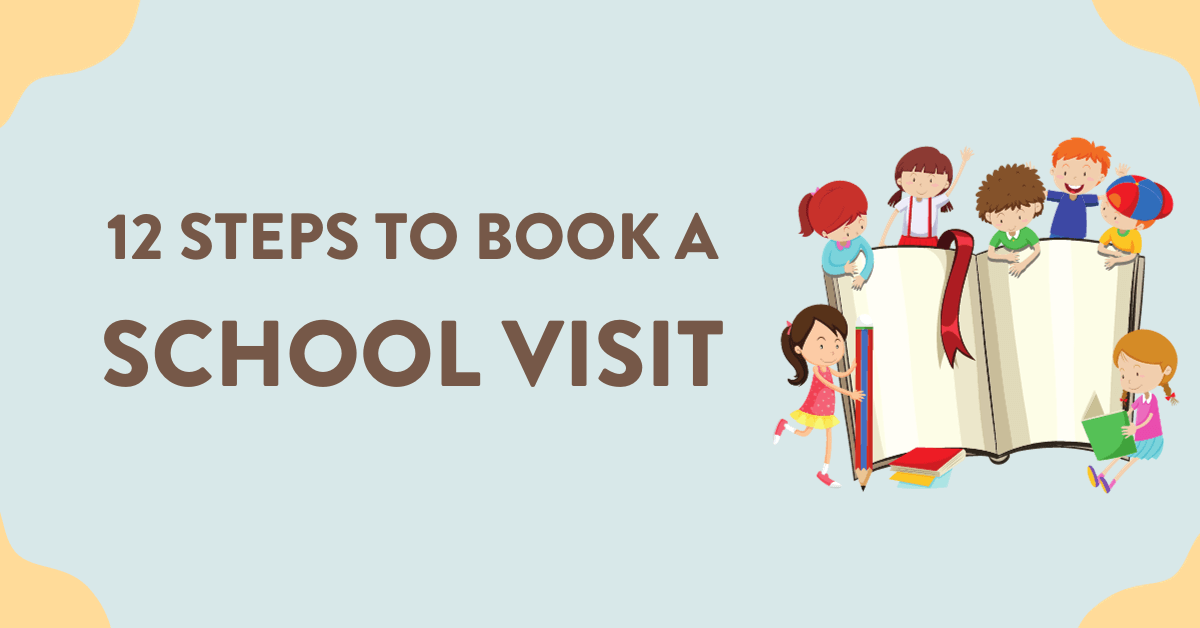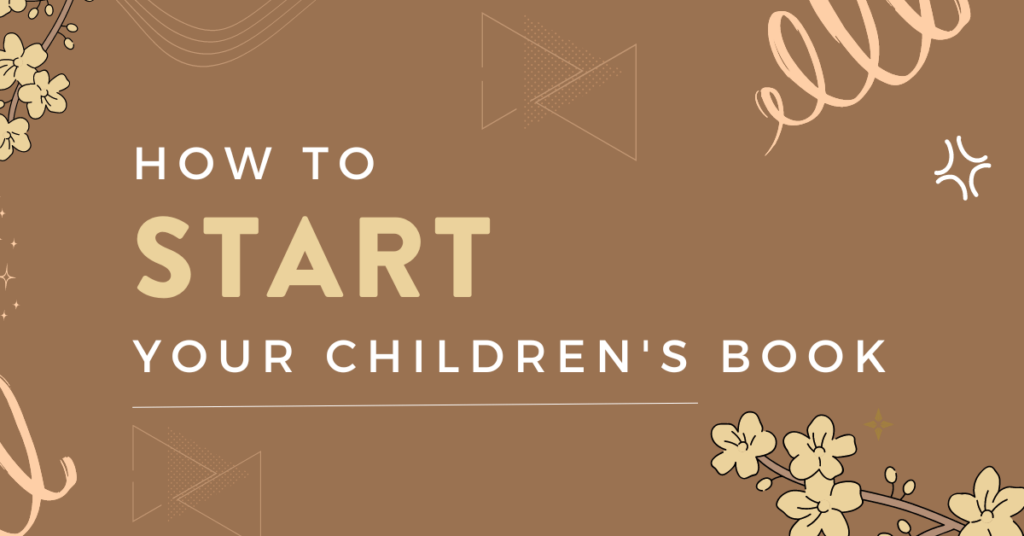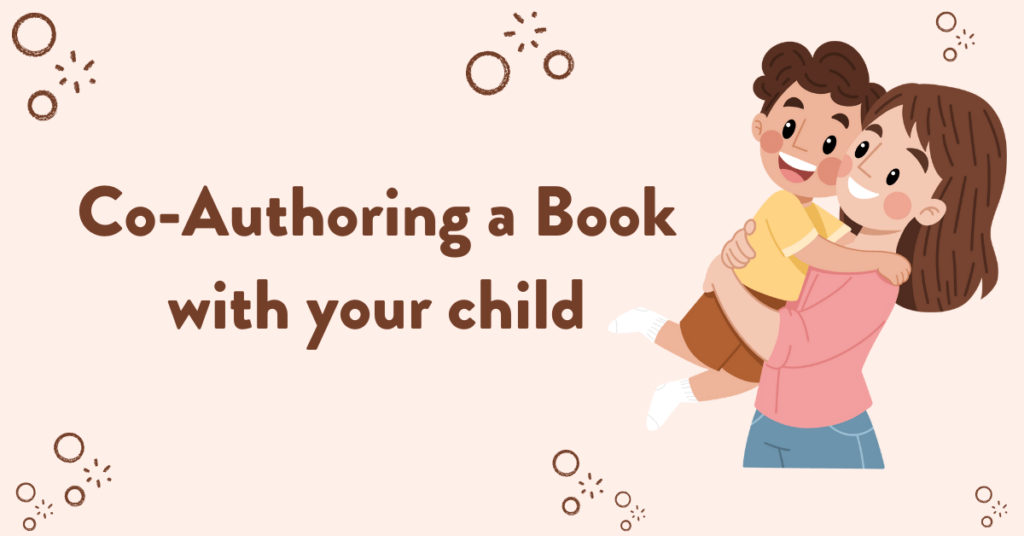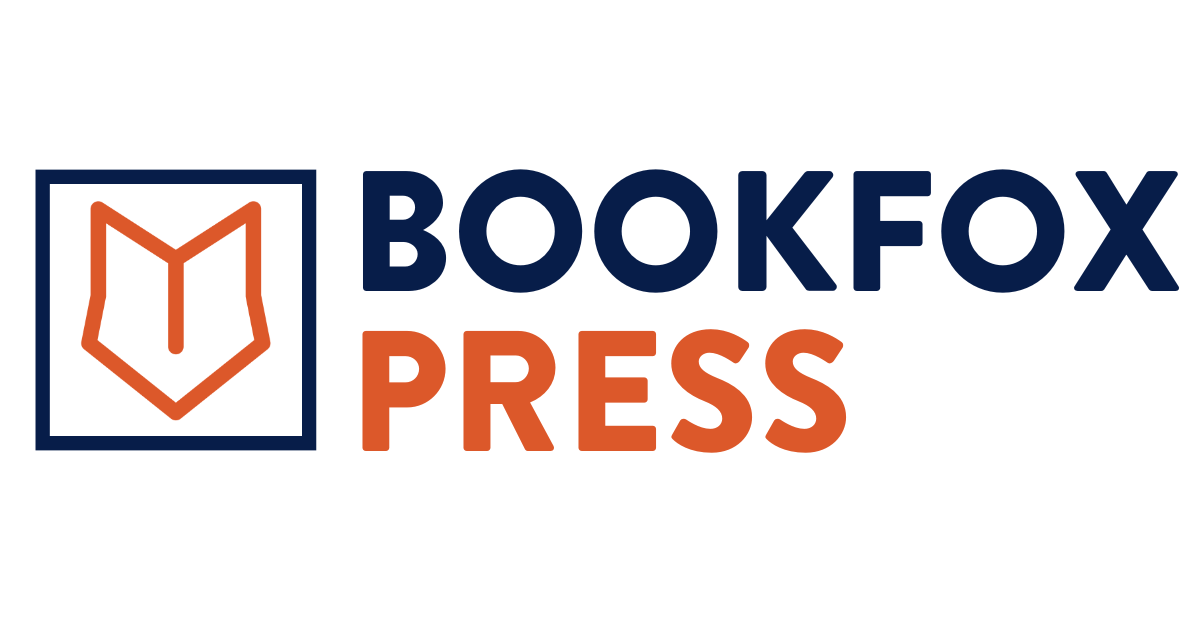
School visits are an important source of income and exposure for most children’s book authors, but if you haven’t been in a classroom in awhile, reaching out can be intimidating. (What if you say something wrong and end up in the principal’s office?)
As a veteran teacher of 17 years, I’ve seen my share of guest speakers, and I’m here to fill you in on what librarians, teachers, and school administrators are really thinking, and what to do and say to give yourself the best chance of success. (And don’t worry, we rarely put adults in detention.)
1. Don’t Call the Office
When you’re trying to figure out where to start, calling the local school office might seem like a logical first move. But a school office on an average Tuesday is busier than an airport the week before Christmas, and calling the frazzled secretary and asking lots of questions is not the best way to go about getting the information you need.
Instead, visit the school’s website and look for a faculty directory that lists email addresses. The best point of contact at most elementary schools is going to be the school librarian, but you might also reach out to:
- A teacher for a single grade (to just visit a single classroom)
- a designated language arts teacher
- principal
- assistant principal
- the leader of the PTO (if there is one).
If you want to send a paper flyer or packet of some kind, the website will also list the school’s mailing address. Just make sure you address it to a specific person at the school, or it is bound to end up in the trash.
2. Don’t be Spammy
Educators get hundreds of emails a day, so the last thing you want to do is spam them with dozens of emails because you’ve forgotten who you’ve emailed already.
Keep a basic spreadsheet with each school’s contact person, email address, website, etc. And note the date you first reach out to them. Wait about two weeks from that first contact to send them a polite “nudge.”
After that, if you still haven’t heard back, cross that school off your list until next year when you might get a different response.
And speaking of dates, NEVER email, call, text, or send a smoke signal during the first or last week of school. Ever.
3. Always provide a Digital Copy
Teachers want to preview the entire book and make sure it’s appropriate for their students.
To eliminate that barrier to entry, include a PDF copy of the book in your first contact. This sets their mind at ease, and lets them know you’re not promoting something controversial that could get them in trouble with parents or administration.
Plus, giving something for free is a nice gesture that makes them more likely to want to invite you!
4. Have a Great Pitch
So many authors think, “Hey, you want me to come talk about my book?” is enough to get them in the door.
But entertaining a large group of students for any length of time takes way more planning and hard work than most people think, and approaching it with an attitude that’s too laid back is a huge red flag for educators. They need to see that you have a plan and that it’s appropriate for the age group, time frame, etc.
So, make sure your email or flyer includes:
- A brief, clear description of what your presentation will include. (It’s a good idea to include a sample slide or two.)
- A general guide for how long the presentation will take.
- The age group your presentation is appropriate for.
- A polite request for any special equipment or accommodations you may need.
5. Be Willing to Go Virtual
Of course it’s better to do in-person visits. But more and more schools are inviting children’s book authors to Zoom into the classroom, and this widens your reach.
Now you can reach out to schools not only in your geographical area, but all over the country. It limits what you can do in the presentation (so you won’t be able to do some of the suggestion in my next point), but it widens your reach.
Before you try a virtual presentation, look up examples of how they’re done on Youtube. Here are some fantastic examples:
- Darren Farrell reads “Thank You Octopus.” Notice he talks about the process of writing the book, and doesn’t just read it, but explains as he goes through.
- Author Jules Marriner did an evergreen visit that any teacher can play, which can get you a lot of reach in terms of children who learn about you.
- Watch Tammi Sauer do a presentation for kids. See how physical and active she is? Her body is constantly in motion.
6. School vs. Classroom
It’s fine to visit a single classroom, especially if you’re just starting off.
But if you can get a presentation to the entire school, or to several grades at once, obviously that’s fantastic. Usually authors who can book that have a few books out and have a proven track record at schools, so you might want to work up to this.
Don’t be afraid to ask for a larger presentation — they can only say no! (and you shouldn’t be afraid of a no).
But usually it’s better to work with 3 – 5 single classrooms before you start pitching yourself as right for a whole-school or multiple grade presentation.
7. Talk about Money
Of course school visits aren’t just a paycheck; they’re a golden opportunity for authors to connect with young readers.
As an author it’s wonderful to see interaction and seeing the kids’ reactions to your work. If you’re an author, you need to experience this.
But … you should talk about money. For instance, ask if the school has a stipend they give to visiting authors.
It won’t be much, but it’ll make you seem professional to ask, and most authors make just as much money off teaching and presentations as they do off book sales, so it does make a difference. Here are some common financial arrangements:
- Flat fee (this is similar to a stipend).
- Book Sales (ask them to buy a few copies for the library and individual classrooms).
- Free (best if you’re just starting off)
8. Offer Extra Perks
When you make your pitch, tell the school contact about your plans for extra perks.
For instance, throwing in a free coloring page for students can make you unforgettable. It’s a simple act but ensures that each kid takes home something, even if they can’t afford a book.
A free coloring pages for students can also double as a page that directs parents to your website (which gives you the chance to make more sales!).
A coloring page doesn’t cost you much, but it does make your visit more memorable. Bonus points if the coloring page is directly related to the theme of your book. Even better, have your illustrator take all the color out of one of your pages of the book, and use that as the coloring page!
9. Suggest an Interactive Element
Don’t just have the kids sit while you read to them. Come up with a fun gimmick that gets them involved!
Here are some ideas to get kids out of their seat and participate in your story:
- Story Theater
- Take a short segment of your book and turn it into a mini-play. Cast some willing kids as characters, and narrate the story while they act it out.
- Interactive Q&A Wheel
- Create a spinning wheel with various questions or prompts related to your book. Spin it and let a student answer the question or complete the prompt, then offer small rewards like stickers or bookmarks for participation. This not only engages the kids but also helps them to think critically about your book.
- Scavenger Hunt
- Hide clues around the classroom that lead to a “treasure”—perhaps a copy of your book or some themed goodies. Each clue could be a question or challenge related to your book. Divide the kids into teams and set them loose!
- Pop Quiz with Rewards
- Compile a list of multiple-choice questions based on your book. Use interactive clickers or a show of hands for answers, and reward correct answers with small trinkets or bonus questions.
- DIY Craft Corner
- Create a simple craft activity that ties into the theme or characters of your book. Prepare kits ahead of time and distribute them to the students. Walk them through the craft as part of your presentation. Just make sure the craft pieces are cheap, because you’ll need to have a lot of them!
- Soundtrack Session
- Choose different genres or styles of music that fit various scenes in your book. The second time you read your book, play snippets while reading those particular segments, and ask the kids how the music enhances or changes their perception of the story.
If you pull off even a couple of these gimmicks, you’re not just another visiting author—you’re the main event!
10. Show Teachers Your Visit Helps
Inviting a guest speaker into a school is a LOT of extra work for the teacher.
I know, it seems like you’re helping them out by taking care of the students for an hour, but it’s not that simple.
There is:
- permission to be requested from the administration
- lesson plan schedules to be adjusted
- routines that will be thrown out of whack, and the kids are sure to be hyped up the rest of the day.
So, if you want the school to say yes, you need to demonstrate that the benefits outweigh all that extra stress.
Clearly identify what benefit your visit will provide for the students. For example:
- Classroom Activity: Your book features characters who become friends by being pen pals, so your presentation includes an activity where each student will write a friendly letter.
- Align with a holiday: Your book is about a military kid who misses their parent who is stationed overseas, so you offer to present the week before Veteran’s Day to raise awareness.
- Moral Lesson: Your book is about a character who learns to stand up to a bully, so your presentation will teach kids a simple finger play and song that reminds them of safe ways to stand up for themselves.
- Inspiration: You were a struggling student in elementary school, but now you are an author! So your presentation will focus on your personal story to inspire struggling students.
Be as specific as you can about what value you can offer, and then, make sure you actually deliver on your promise!
11. Work out Logistics Early
Most authors send home some kind of order form so that students can purchase their books. How you arrange this may depend on your publisher/printer’s required lead times, your willingness/ability to lug a hundred books from your car into the school, and many other factors. The important thing is to have a plan you can clearly communicate to the school up front.
For example, my author visit flyer reads:
Please send the attached order form out to all students in advance of my visit. Completed order forms and payment must be turned in to me two weeks prior to the visit in order to allow time for the books to ship. I will sign all books before the day of the visit and pass them out to students that day.
Your plan might be very different! Just make sure you communicate it up front. Teachers and librarians have enough planning to do as it is!
12. Be flexible.
I know, I know…I’ve just spent all this time telling you to make a plan, and now I’m telling you to be willing to change it?
Yep! Here’s why.
Having a plan in place up-front shows the teacher or librarian that you know what you’re doing. But you should also show them that you’re flexible.
If you know anything about education, you know that teachers spend a great deal of time planning the perfect lesson or unit…but are masters at improvising when those plans have to change.
Add a line at the bottom of your email that says:
“If you have any questions or special requests, don’t hesitate to ask! I am committed to working with schools to provide a great experience for students!”
If you’re a children’s book author, getting into the schools in your area can be a powerful marketing strategy and a great way to increase sales. You just have to have the right approach! So reach out and get started!
With these teacher-tested tips, you’ll be at the top of your class!
FAQ:
Q: Should I charge?
A: At the beginning, you shouldn’t. If you’re a newcomer trying to get exposure, a free visit could be your ticket in.
However, later on in your career, once you’ve gotten some bestsellers under your belt, you should definitely be paid for your time and expertise.
Q: What grade should I target?
A: Target the middle age group that your book is intended for. For instance, if your book is for ages 5 – 7, then you probably want to hit 1st grade or so, which would roughly be kids aged 6.
Remember that it’s okay to go lower (down to kindergarten), but never never go above the age range (fifth and sixth graders will think your picture book is uncool if it’s targeting younger children).
Q: How long should my visit last?
A: This can vary, but generally, 30 to 45 minutes is the sweet spot. It’s enough time to do a reading, a Q&A session, and maybe even one of those killer classroom gimmicks we talked about earlier.
Q: What should I bring to the visit?
A: Anything you need to sell copies.
- Copies of your book for sale or signing
- Any props or visuals for your presentation
- Handouts or activity sheets related to your book
Remember, the goal is to create a memorable experience, not just read a book.
Q: How do I handle book sales?
A: Coordinate this with the school beforehand. Some schools allow on-site sales; others may require you to only offer books for purchase online. Advance sales are also a great strategy, and then you hand out the books to the kids on your visit.
Remember younger kids won’t have money, so make sure to hand out fliers beforehand for pre-sales, and also hand out fliers on the day of, so parents who missed the first flier can buy your book after the visit.
Also, ask if the teacher has funds to purchase a copy for her classroom.
Q: Should I send a thank-you note afterward?
A: Absolutely. A thank-you email (or, even better, a handwritten note) shows professionalism and appreciation. Plus, it keeps the door open for future visits.
Now that you’ve got the lowdown, you’re ready to graduate from aspiring visitor to guest-of-honor author. Good luck out there!





One thought on “12 Insider Tips for Authors Booking School Visits”
Oh Thank you so much.I will be re-reading all above helpful pointers given by you.They are amazing eye openers some of which I did not think about.
I have not started on author visits yet but hoping to,my very first author visit.
Thanks again.